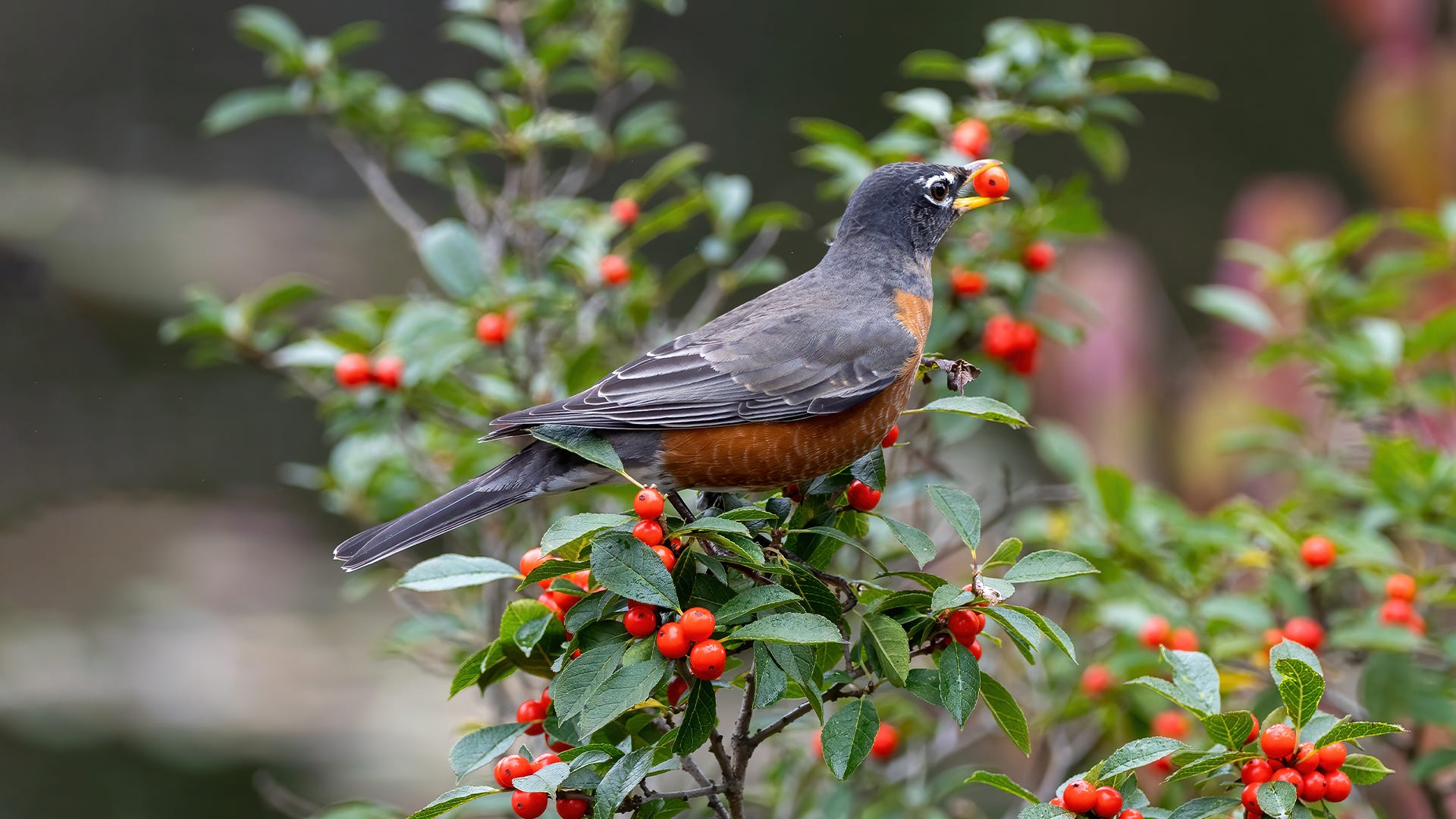
With Spring slowly creeping northward, birds are also beginning their migrations to their summer ranges. For the average backyard bird-lover, that can mean a surge of new visitors to feeders.
In the so-called Mississippi flyway, a bird migration pattern that goes through the middle of North America, birds tend to trace the path of the world-famous river and its tributaries as they work their way across the U.S., and, for some, up into Canada.
BIRD MIGRATION: MISSISSIPPI FLYWAY
 The states generally covered by the Mississippi flyway include Alabama, Alaska, Arkansas, Indiana, Illinois Iowa, Kansas, Kentucky, Louisiana, Ohio, Oklahoma, Michigan, Missouri, Mississippi, Nebraska, North Dakota, South Dakota, Tennessee, Texas and Wisconsin.
The states generally covered by the Mississippi flyway include Alabama, Alaska, Arkansas, Indiana, Illinois Iowa, Kansas, Kentucky, Louisiana, Ohio, Oklahoma, Michigan, Missouri, Mississippi, Nebraska, North Dakota, South Dakota, Tennessee, Texas and Wisconsin.
Much of Canada is also included in the flyway. The provinces and territories these birds head toward include Alberta, British Columbia, Manitoba, Northwest Territories, Nunavut, Ontario, Quebec, Saskatchewan and Yukon Territory.
The other North American flyways include the Central, the Pacific and the Atlantic. It should be noted that some maps include slightly different or a smaller range of states for each flyway. We opted to be more inclusive in which states reside in which flyway.
LIST OF MIGRATORY BIRDS
The list of birds using any flyway is vast. Nearly half of all birds that migrate use this route, and about 40 percent of all waterfowl use it. One estimate suggests that 326 species use the flyway. Among those species, there are plenty of feeder birds, including:
- American Goldfinch
- American Tree Sparrow
- Baltimore Oriole
- Black-capped Chickadee
- Blue Grosbeak
- Blue Jay
-
 Brown-headed Cowbird
Brown-headed Cowbird - Bullock’s Oriole
- Chipping Sparrow
- Common Grackle
- Common Redpoll
- Dark-eyed Junco
- Downy Woodpecker
- Evening Grosbeak
- Field Sparrow
- Hairy Woodpecker
- House Finch
- Indigo Bunting
- Northern Cardinal
- Northern Flicker
- Orchard Oriole
- Pileated Woodpecker
- Pine Grosbeak
- Pine Siskin
- Purple Finch
- Red-bellied Woodpecker
- Red-breasted Nuthatch
- Red-winged Blackbird
- Rose-breasted Grosbeak
- Ruby-Throated Hummingbird
- Tufted Titmouse
- White-breasted Nuthatch
HOW YOU CAN HELP
With all these birds moving through the North American flyways, it’s very important to offer them easy to access food and water.
Even with the burgeoning spring weather, a bird feeder is a great help to a migrating bird that’s been flying for hours. They would much rather chow down on some easy-to-find sunflower seeds than spend hours rooting around a muddy field for a few beaks of seed.
Water is also important for migrating birds. The water you provide is often much cleaner than what they can find in nature, especially after a long winter. This is because its often polluted by the runoff from salts, fertilizer and other chemicals used on highways, yards and farmland.
For hummingbird migration, we ask that you log any hummingbird sightings on the Perky-Pet® Hummingbird Migration Map.

RECOMMENDED FEEDERS
The list of feeder birds above is huge and you’re sure to be able to help a lot of them with feeders from Perky-Pet®. A few ideas:
- Ruby-Throated Hummingbirds: If you’re not sure that you have ruby-throated hummingbirds in your area, try an inexpensive Hummingbird Feeder to see if any will show up.
- Orioles: Your oriole friends will thank you for offering them some nectar or jelly. In fact, if you’ll find a number of birds will enjoy our jelly feeder, including robins. The Fruit Trio 30 oz Nectar Feeder includes a number of oriole-attracting features.
- Finches: One thing about feeding finches is that you can very selectively opt to feed them with specific feeders and seed. By doing so, you won’t have any nuisance birds or squirrels digging through your feeder. The Upside Down Thistle Finch Feeder is one of your best bets for finches.
- Large birds: Some of the larger birds on the list need to have a broad area to land on, so feeding them can sometimes be difficult. Try the Squirrel Be Gone II Home Style feeder, which also keeps squirrels from your bird seed. Another option is the Tall Tulip Garden Lantern Feeder, which has a wide seed tray that wraps around the entire feeder.







